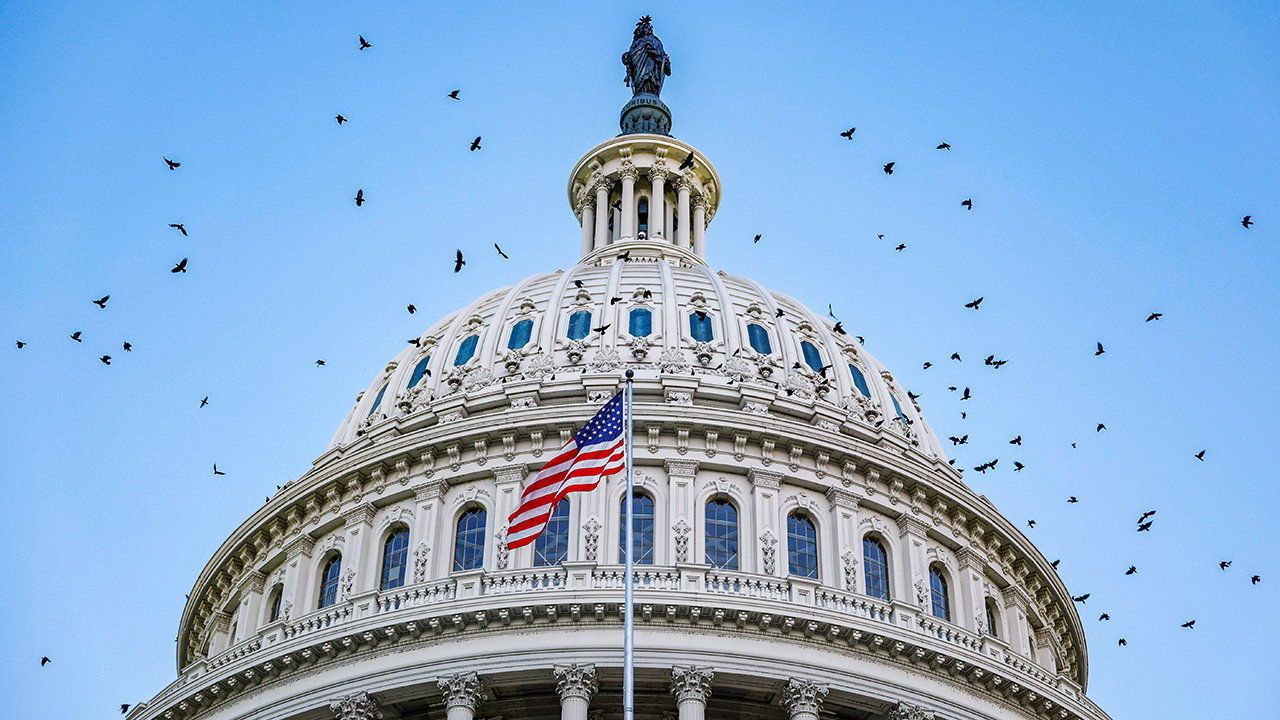- by
- 01 9, 2025
-

-
-
Loading

Loading

DONALD TRUMP is already . But he is concerned about getting his choices confirmed by the Senate. On November 10th he tweeted that any Republican hoping to become majority leader of the newly elected Senate, which takes office in January, should allow him to make “Recess Appointments”. This is the only way to confirm his choices for top jobs in the federal government in a “timely manner”, Mr Trump said. Rick Scott, a senator from Florida hoping to win the position, agreed. John Thune and John Cornyn, two other hopefuls, suggested openness to the idea. What is a “recess appointment” and why is Mr Trump so keen to use the procedure?The constitution gives the president the power to make certain appointments to the executive and judicial branches. But important ones—including members of the cabinet, senior officials in the federal government and judges—require confirmation by the Senate. Before the 20th century the Senate was in session for less than half the year on average. The constitution therefore gives presidents the power to fill vacancies during its recess, in theory ensuring that the government would run smoothly even when the Senate could not convene. The trade-off was that senators lost the ability to scrutinise these nominees.Recess appointments are mostly used to fill positions in the executive branch, which enforces laws. They are not permanent, but can last up to two years (until the end of the legislative session). Such appointments were once fairly common. Bill Clinton made 139 recess appointments; George W. Bush made 171. Harry Truman made more than 7,000 of them. But in the past two decades the Senate has created obstacles. In 2007 Harry Reid, the Democratic Senate majority leader, realised that he could prevent George W. Bush, a Republican, from making recess appointments by holding “pro forma” sessions every few days during longer breaks. Sometimes they would last only 30 seconds.In 2012 Barack Obama tried to get around this gambit by making four appointments in a three-day gap between pro-forma sessions. The Supreme Court ruled in 2014 that the Senate must be away for at least three days before the appointment power kicks in, and that even ten days was “presumptively too short”, barring emergencies. Mr Obama ended up with only 32 recess appointments. Mr Trump made none in his first term. Joe Biden hasn’t made any either.Mr Trump has previously threatened to oblige the Senate to go into recess. The constitution requires each house to seek the other’s permission to adjourn for more than three days. In 2020 Democratic obstruction compelled the Senate to stay in session so as to prevent Mr Trump from making recess appointments. Frustrated, he talked about exercising a never-before-used constitutional power that allows a president to force Congress to adjourn. He did not go through with it, and the manoeuvre might not have worked if he had tried it.This time, too, it is not clear how serious Mr Trump is about using recess appointments. But a related question is why he is so keen that the next Republican leader of the Senate be willing to allow such appointments, essentially asking them to step aside from their constitutionally mandated role. Gaining confirmation of appointments should be easy: Republicans are on track to have 53 of the 100 seats in the until January 2027.Mr Trump may just be unwilling to wait for confirmation hearings to happen. He may also worry that some Republicans might refuse to confirm some of his appointees. But to allow a recess appointment a majority of the Senate and House would have to consent to a recess. Presumably, if they don’t want to confirm an appointment they may be hesitant to adjourn the Senate to let Mr Trump make it.His enthusiasm for recess appointments may therefore be a way to test the contenders to be Senate majority leader, and set expectations for the senators who vote for them. The Senate’s responsibility to confirm appointees is supposed to be a check on presidential power. By asking would-be leaders of the chamber to forgo that responsibility in some circumstances, Mr Trump may be indicating that he expects unquestioning loyalty.